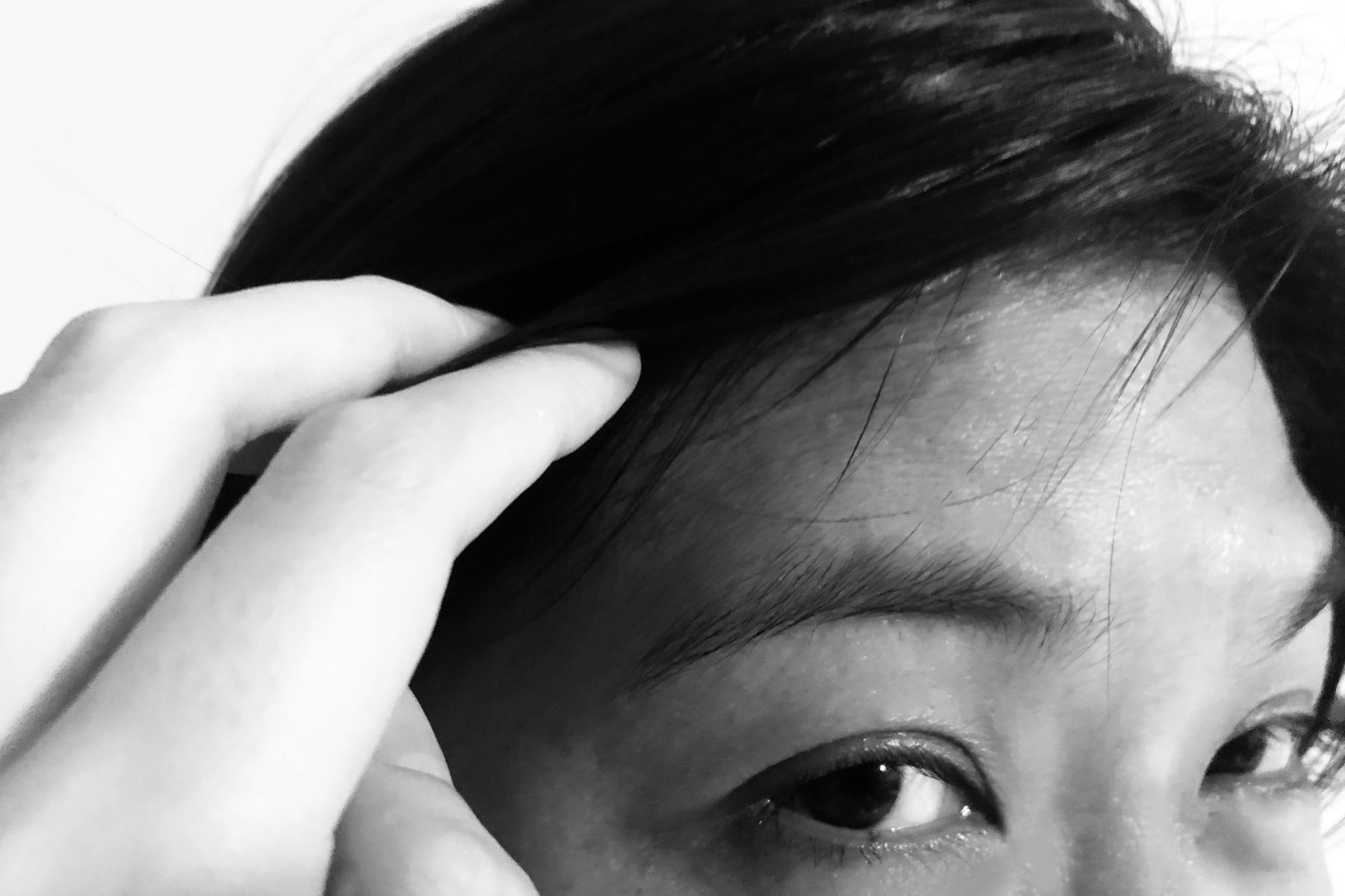

Japanese artist, Yayoi Kusama is one of the most well-known artists in the world. Her artworks are easily identifiable with the repetitive dots and nets. This visual consistency that the artist possessed was said to be attributed to her motivation behind the creation of her work because she is able to assert complete creative control over her obsessions. In addition to her iconic works, Kusama herself portrays a striking and unique outlook which can be easily embedded into our mind. Throughout her artistic career, she has experimented with various medium for her artworks. Some of them include painting, drawing, sculpture, performance art and installations. Kusama is perhaps well-known for her immersive and ostensibly infinite Mirrored Room installations. Therefore, this essay will look into one of Kusama’s Mirrored Room installations—Aftermath of Obliteration of Eternity.
First and foremost, it is worthy of mention about Kusama’s childhood experience. This is because her childhood experience seems to be a driving force behind her aesthetics. Kusama was born in Matsumoto City, Japan in 1929 to a wealthy and conservative family. As a matter of fact, her parents were strongly against her being an artist and she started her art making in a hostile environment. In addition to the stringent condition at home, Japan was facing great adversity in the 1930s and 1940s because of the worldwide Depression. The emphasis on military growth and nationalism leading into and through World War II and the aftermath put Japan in an adverse state. The unfavourable situation that Kusama faced both at home and in Japan went against her strongly independent spirit and put a toll on her fragile mind. Oftentimes, she recounted her early childhood experiences of auditory and visual hallucinations “manifesting as voices as well as proliferating patterns that filled her field of vision”. Thus, in order to mitigate her horrifying condition, she started making art compulsively where she features her repetitive dots, geometric patterns and swirling vortexes.
Aftermath of Obliteration of Eternity was created on the year of her 80th birthday. This artwork is a stray from Kusama’s usual dotted motif however It still depends on the repetition to immerse viewers in their surroundings. Aftermath of Obliteration of Eternity consist of lights that looks like lantern. Once viewers enter the room, they will be invited to stand on a platform. After some time, a dainty, glowing mirage will appear as a cluster of lights ignite and is reflected on every part of the room due to the mirrors. However, about less than a minute later, all the lights will go off and the entire cycle will restart. The immersive experience that Kusama wants the viewers to experience is her fascination on the concept of obliteration. For the split second when all the lights were out in the room, the viewers will be in the dark and for that moment, they will feel like they are nothing in this world. When the lights are on once again, they will be able to see the room in the light again. and they will feel that they still exist somewhere. This process seems to suggest an experience of death initially then followed by a plausible existence of the afterlife. Furthermore, this immersive experience that engages the viewers allow them to question on their outlook of life. This experience was noted to be therapeutic.
Kusama mentioned that “Life is what I always try to understand—its depths and its mystique of rise and fall. I struggle for it throughout my life. From day to day, I understand the greatness brought by this mystique as well as that love is eternal and keeps appearing and disappearing. And what is more, I am very pleased to be alive after realizing that I have overcome this everyday life and been able to reach today. Yet we keep flashing, disappearing, and again blossoming out in this Eternity.” From this, it further affirms that she probably made Aftermath of Obliteration of Eternity based on her outlook of life and also questioning about life. Life seems to be a mystery to her and she seems to be creating art to affirm her existence in this world.
In conclusion, Kusama has successfully incorporate her outlook on life into her artwork. It seems like she tried to include viewers in her thoughts and create an immersive experience for them in Aftermath of Obliteration of Eternity. It is intriguing how she could make use of the concept of repetition to create an infinite immersive experience.
Word Count: 749
Bibliography:
(September 06, 2018). Yayoi Kusama’s Infinity Mirror Rooms and the Joy of Disappearing. Retrieved November 16, 2018, from https://www.laweekly.com/arts/yayoi-kusamas-infinity-mirror-rooms-and-the-joy-of-disappearing-8771895
(October 09, 2017). 7 Most Spectacular ‘Mirror Room’ Installations by Yayoi Kusama. Retrieved November 16, 2018, from https://mymodernmet.com/yayoi-kusama-mirror-room-installations/
The Museum of Fine Arts, Houston. Retrieved November 16, 2018, from https://www.mfah.org/art/detail/131625
(2017) Life is the heart of a rainbow. National Gallery Singapore.
